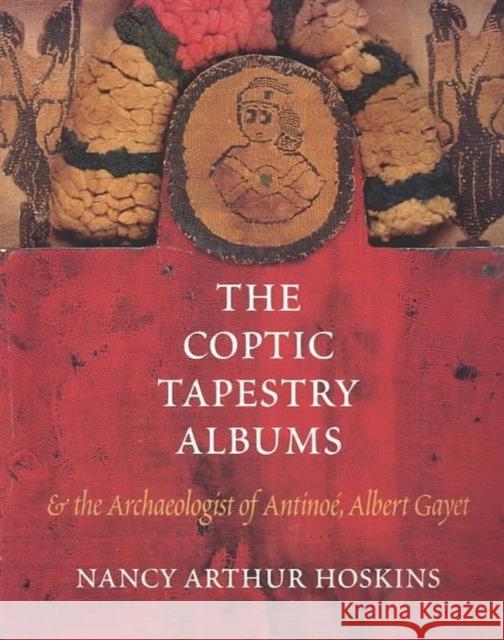The Coptic Tapestry Albums and the Archaeologist of Antinoé, Albert Gayet » książka
The Coptic Tapestry Albums and the Archaeologist of Antinoé, Albert Gayet
ISBN-13: 9780295983745 / Angielski / Miękka / 2003 / 224 str.
Vibrant tapestries of beribboned birds, cantering centaurs, and Dionysian dancers, woven in Coptic Egypt more than a thousand years ago, were artfully arranged in a handsome pair of albums in 1913. Some of the fabrics are shown in unique collage compositions. Sandals, spindles, and a mysterious lock of hair are assembled in a shallow box at the back of one album. Many textiles in this important collection, housed at the Henry Art Gallery at the University of Washington, were once joined by warp and weft with those from the Musee du Louvre and other major museums.Nancy Hoskins deftly interweaves the creation of the textiles in the Greco-Roman city of Antinoe, Egypt, with their discovery by the charismatic French archaeologist Albert Gayet (1856-1916). Gayet staged stunning exhibitions of the pieces in Paris at the turn of the century and ultimately gave them to museums or sold them. One collector, Henry Bryon, had his 144 fabrics bound into the two albums featured here.The album pages and covers are illustrated in glowing color, along with archival photographs from Gayet's expeditions. The style, structure, and iconography of each tapestry, tabby, and tablet-woven textile are discussed within the cultural construct of Late Antique and Early Christian Egypt. Detailed technical drawings illustrate the special weaving techniques of the Copts. Directions for six weaving projects inspired by the album fragments are included. The story of the inimitable Coptic tapestry albums will delight weavers, textile historians, art historians, and archaeologists.











